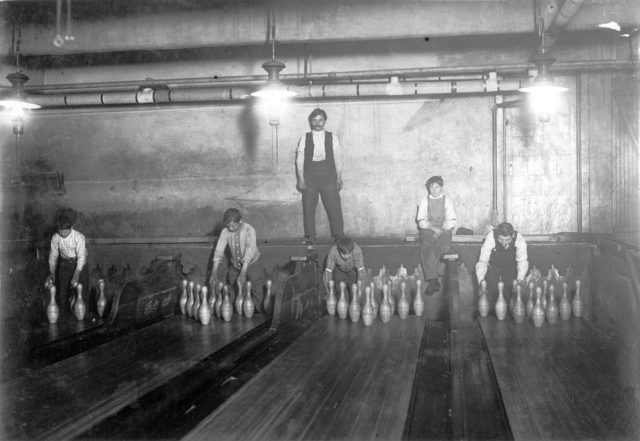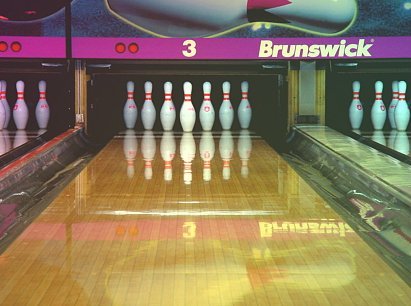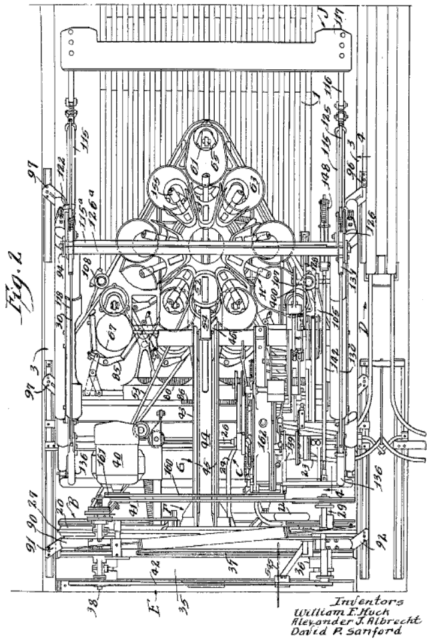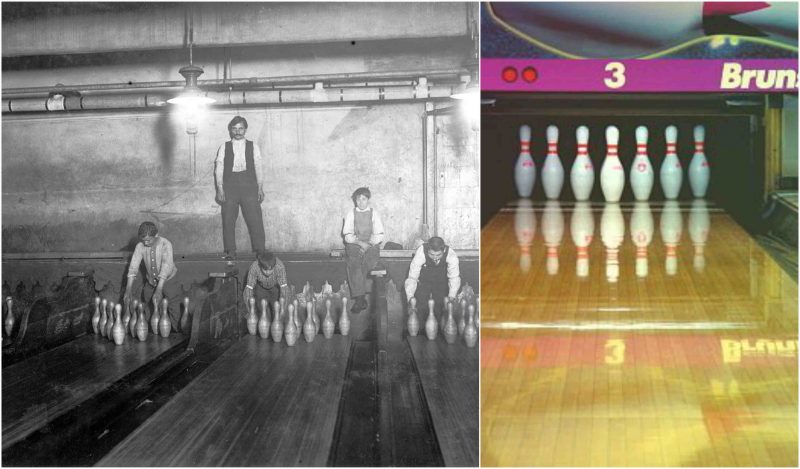In bowling, a pinsetter, or pin spotter, was originally a person who manually reset bowling pins to their correct position, cleared fallen pins, and returned bowling balls to players. Probably due to the nature of the work (low-paid, often part-time, manual labor that most frequently took place evenings), many pinsetters were teenage boys, and thus pin boy is another name used to describe the job.

In 1936 Gottfried Schmidt invented the mechanical pinsetter while with the AMF firm, which largely did away with pin setting as a manual profession, although a small number of bowling alleys still use human pinsetters. While humans usually no longer set the pins, a pinchaser, or in slang ‘pin monkey’, often is stationed near the equipment to ensure that it is clean and working properly, and to clear minor jams.

Many pinsetters are integrated with electronic scoring systems of varying sophistication. While many pinsetters have a manual reset button to use in case the pinsetter does not automatically activate at the correct time, other types have no automatic tracking of the state of the game – especially for the candlepin and duckpin bowling sports which use smaller balls – and are almost always manually activated.

In the decades leading up to the introduction of the fully automatic units, “semi-automatic” pinsetters, such as the “B-1” and “B-10” units made by Brunswick, basically consisting of just a manually filled “table” similar to those used on the fully automatic units, operating much as the later units’ component of the same name operated, were used by human pinsetters to both speed up the manual operation, and assure accuracy of “spotting” the full rack of ten pins for the next frame.
